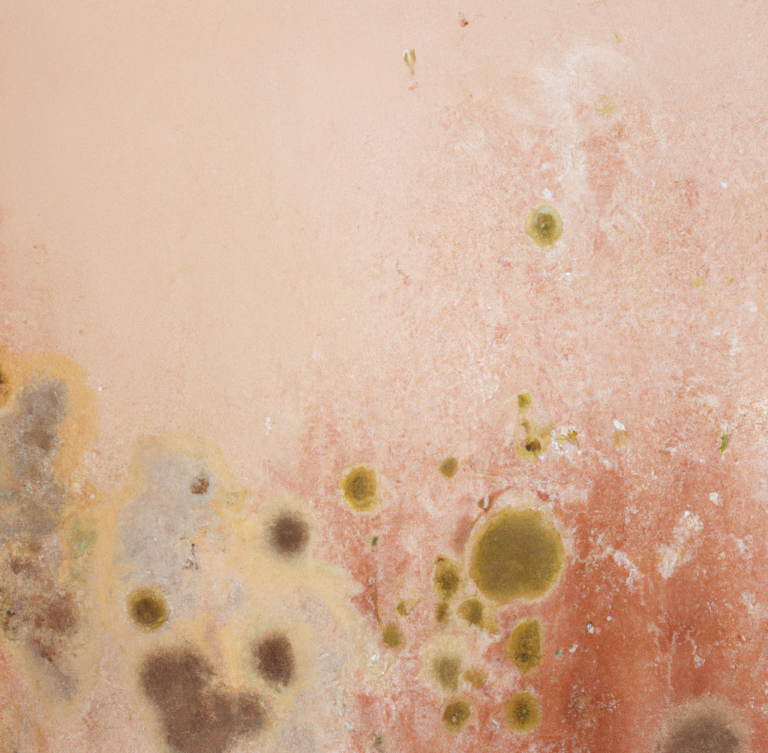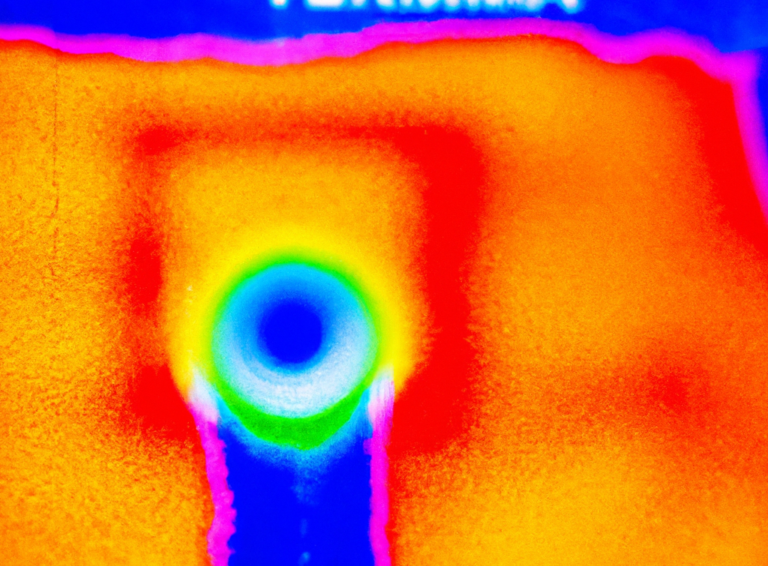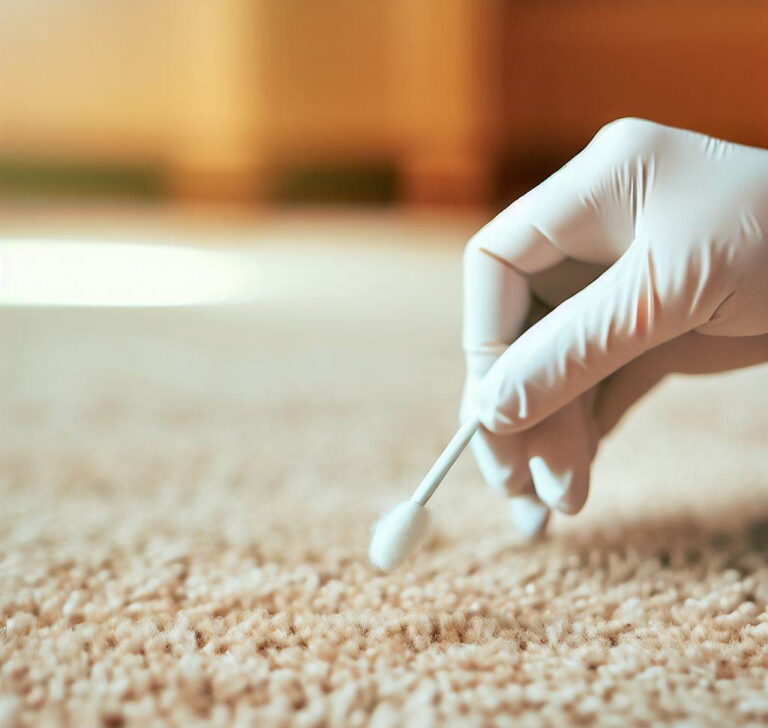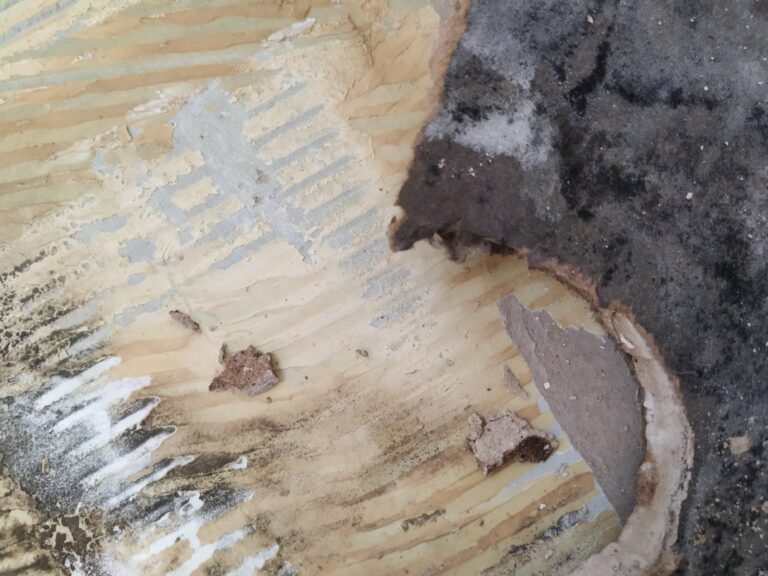A Guide to Finding and Identifying Mold in Your Home
Mold is a common household problem that can cause damage to structures and pose health risks to occupants. Identifying the presence of mold in your home is crucial for prompt remediation and preventing further growth. In this article, we will provide you with a comprehensive guide on how to find and identify mold in your house, empowering you to take proactive measures to address the issue effectively.
The content provided on this website is based on personal experiences with mold and is for informational purposes only. It is not professional advice. For accurate guidance, consult a licensed mold professional. Mold situations can vary, and relying solely on personal experiences may not be suitable for your specific circumstances. We recommend seeking professional assistance for mold-related issues. We disclaim liability for any reliance on the information provided on this website.
- Recognizing Common Signs of Mold: Mold can thrive in various areas of your home, especially in moist and poorly ventilated spaces. Look out for these common signs that may indicate the presence of mold:
- Visible growth: Mold often appears as discolored patches or spots on walls, ceilings, floors, or other surfaces. It can range in color from green, black, brown, or white.
- Musty odor: Mold releases a distinct, musty odor. If you notice persistent, unpleasant smells in certain areas of your home, it may indicate mold growth.
- Water damage: Areas that have experienced water damage, such as leaks, floods, or condensation, are particularly prone to mold growth. Check for signs of water stains, discoloration, or warping on walls, ceilings, or floors.
- Allergic reactions: Mold can trigger allergies, so if you or your family members experience unexplained allergy symptoms like sneezing, coughing, or itchy eyes that improve when away from home, mold may be the culprit.
- Conducting a Visual Inspection: To find mold in your home, conduct a thorough visual inspection. Pay close attention to the following areas:
- Bathrooms: Check for mold growth in and around showers, bathtubs, sinks, toilets, and tile grout. Moisture-rich environments provide an ideal breeding ground for mold.
- Kitchens: Inspect under sinks, around faucets, behind refrigerators, and near dishwashers, as these areas are susceptible to moisture and food debris that can promote mold growth.
- Basements and crawl spaces: These areas tend to be damp and poorly ventilated, making them prime locations for mold growth. Examine walls, floors, and any stored items for signs of mold.
- Attics: Poor insulation, roof leaks, or inadequate ventilation can lead to moisture buildup and mold growth in attics. Inspect the underside of the roof, rafters, and insulation for mold signs.
- Air conditioning and heating systems: Mold can develop in HVAC systems, particularly in drip pans, filters, and ductwork. Check for moldy odors or visible mold growth in and around these components.
- Baseboards: Mold can often hide behind or beneath baseboards, especially if there has been water damage or excessive moisture in the area. Inspect the baseboards throughout your home, paying close attention to areas near sinks, showers, and any areas where water may have seeped into the walls.

- Using Mold Testing Kits: If you suspect mold but cannot visually confirm its presence, you can consider using mold testing kits. These kits typically include swabs or air sampling cassettes to collect samples from suspected mold-infested areas. Follow the kit’s instructions for sample collection and send them to a certified laboratory for analysis. Keep in mind that while testing kits can help confirm mold presence, professional mold assessment may still be necessary for a comprehensive evaluation.
- Canine Mold Detection: In recent years, mold detection dogs have emerged as a valuable tool in identifying mold infestations. These specially trained dogs have an incredible sense of smell and can detect mold even in hidden or inaccessible areas of your home. Their keen olfactory abilities allow them to pinpoint the source of mold growth, aiding in the accurate identification of affected areas. If you suspect mold but cannot visually confirm it, consider consulting a mold detection dog handler who can bring their four-legged companion to sniff out potential mold problems in your home.
- Seeking Professional Assistance: In some cases, professional assistance may be required to identify and assess mold infestations. Certified mold inspectors have the expertise and tools to conduct thorough inspections and determine the extent of mold growth. They can use specialized equipment, such as moisture meters or thermal imaging cameras, to detect hidden mold behind walls or in other inaccessible areas. Professional mold testing and inspection services can provide you with accurate information about the type of mold present, potential health risks, and recommendations for remediation.
| Mold Type | Common Locations in the House |
|---|---|
| Aspergillus | Air conditioning systems, damp areas |
| Cladosporium | Damp basements, bathrooms, and other moist areas |
| Penicillium | Water-damaged materials, wallpaper, and carpeting |
| Stachybotrys (Black mold) | Water-damaged building materials, damp areas |
| Alternaria | Damp areas, showers, and kitchens |
| Chaetomium | Water-damaged drywall and building materials |
| Fusarium | Water-damaged carpets and wallpaper |
| Trichoderma | Damp and humid areas, such as bathrooms |
| Aureobasidium | Wooden surfaces, painted walls, and caulking |
| Ulocladium | Water-damaged areas, particularly after flooding |
| Epicoccum | Outdoor air, but can enter indoors |
| Wallemia | Damp areas with high humidity |
| Eurotium | Water-damaged materials, such as wood |
| Acremonium | Air conditioning systems, damp areas |
| Curvularia | Damp building materials, carpets, and fabrics |
| Rhizopus | Damp and decaying organic matter |
| Mucor | Damp and decaying organic matter |
| Myrothecium | Damp building materials and surfaces |
| Scopulariopsis | Water-damaged materials, such as wood |
| Trichophyton (dermatophyte) | Skin, hair, and nails (commonly found in bathrooms) |
| Candida (yeast) | Damp areas, such as bathrooms and kitchens |
| Rhodotorula (yeast) | Air conditioning systems, water-damaged areas |
| Geotrichum (yeast) | Water-damaged building materials, damp areas |
| Cryptococcus (yeast) | Soil, bird droppings, and decaying vegetation |
| Malassezia (yeast) | Human and animal skin, often found in bathrooms |
| Saccharomyces (yeast) | Air conditioning systems, damp areas |
Conclusion
Finding and identifying mold in your home is crucial for taking swift action to mitigate its growth and prevent further damage. By recognizing common signs of mold, conducting a visual inspection, and utilizing mold testing kits if necessary, you can uncover potential mold infestations and address them promptly.







